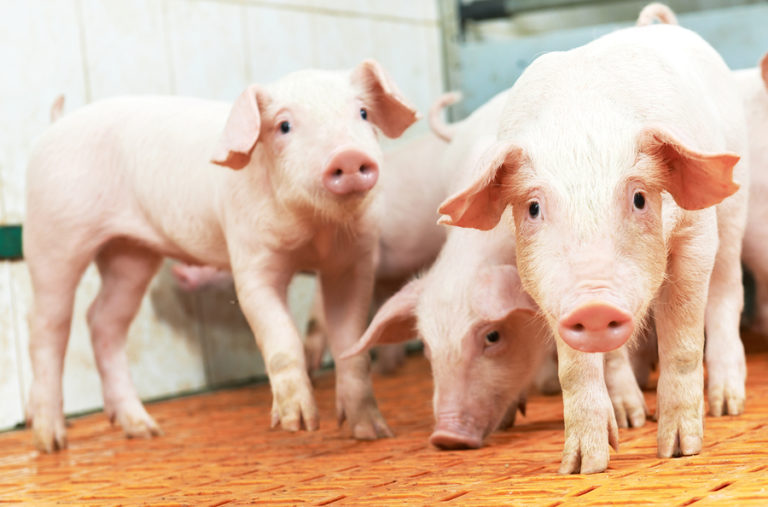Research Studies
Research Studies have been completed in the effectiveness of drySTART® in reducing ammonia and bacteria. A summary of the findings of these studies is detailed below. For the complete studies please use the links to download the study in PDF format.
Ammonia Reduction
From the Study – Efficacy of drySTART® in Reducing Ammonia Concentrations In Vitro – By: Dr. Gabriel Diaz Ph.D. & Luci Rosca, Swine Nutrition Specialist.
drySTART effectively absorbs liquid ammonia. A summary of research on drySTART’s ammonia odor reduction ability is shown below. Full research results are available, please see the link below.
The graph shows a linear decrease in ammonia level over time depending on the level of drySTART added. As the rate of drySTART is increased the ammonia levels continue to decrease. The addition of drySTART to liquid ammonia reduced ammonia levels by up to 95%.

Bacteria Reduction
The following information refers to results of a study titled “The Value of a Desiccant in the Cleaning and Disinfection of Swine housing”, by Dr. Daniel Hurnik of Atlantic Swine Research Partnership.
This study looked at the use of a commercial desiccant (drySTART) to determine if its use can aid in the cleaning and disinfection of commercial pig production surfaces. The product was applied after routine cleaning and cleanliness was determined by
swabbing the surface and counting the number of bacterial colonies.
There were two trials performed, one where the desiccant was compared to the use of commercial disinfectants in a finishing barn. The second study looked at its use in a commercial farrowing room. There results were as follows:

Conclusions to Date

Whether it is through increased drying efficiency, or some other antibacterial effect, the use of a desiccant did reduce total bacterial load in finishing pens more effectively than common disinfectants.
The application of drySTART on top of conventionally washed and disinfected farrowing crate floors, on average, cut the bacterial load significantly. Treated pens had 3 times fewer bacteria than untreated pens.
The severity of many diseases is dependent on the initial dose animals are exposed to; it would be logical to expect that drySTART treated pens would have a lower incidence of disease.
The scientific data from Dr. Hurnik’s study was so convincing, the company decided to conduct research trials at three locations, their research nursery farm and two farrowing rooms from different barns. One barn is continuous flow, the other is “all in and all out”.
The following information refers to the study Efficacy of drySTART® in reducing the bacterial colonies – By Luci Rosca, Swine Nutrition Specialist.
Continuous Flow Farrowing
In the continuous flow farrowing room, 4 or 5 sows are usually weaned from the room. Crates are washed with soap, left to dry and loaded with sows, sometimes the same day. drySTART was applied with a sifter and samples were taken before and after the application. Ten locations were swabbed. There was a very significant 2.81 times
reduction in number of bacterial colonies between test and control.

All In All Out Farrowing Rooms
The all in and all out farrowing rooms were washed, disinfected and dried for 3 days. drySTART was applied with a blower 12 hours after disinfection. Nine locations were swabbed before and after drySTART application. The results were remarkable with a 4.6 times reduction in bacterial colonies between the tests.

Research Nursery
The research nursery barn was washed, disinfected and left to dry for 12 hours. drySTART was applied with a blower. Four locations were swabbed before and after application. From those swabs, plates were inseminated and incubated under a heat bulb at 35-37º Celsius for 24 hours. The results showed a significant 2.3 times reduction in bacterial colonies between test and control.
These in-barn tests demonstrate that drySTART works even in the best of cleaned facilities.




